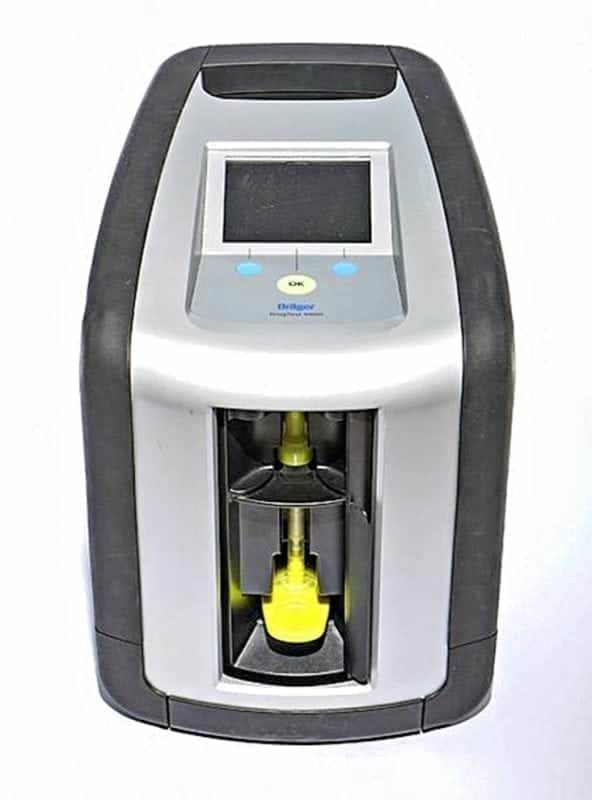It has become cliché to say the rules around legal pot are hazy but it is safe to contend that a cloud of smoke surrounds how governments are preparing to manage cannabis once recreational use of the drug is legalized Oct. 17, especially with regards to drug-impaired drivers.
This is especially important for the North where the rates of impaired driving are significantly higher compared to the rest of the country.
In fact, one Statistics Canada report found that the rate of impaired driving in the NWT was about five times the national average.
To fight driving while high, the federal government is set to approve a device that administers a roadside saliva test. These devices were given the green light by Attorney General Jody Wilson-Raybould after Parliament passed Bill C-46, which updates the country’s impaired driving laws.
If a person is pulled over and the police officer reasonably suspects they are impaired, the driver could be asked to undergo an oral fluid test. The police would take a sample of saliva from the driver's mouth and put it into a machine called the Draeger DrugTest 5000.

The German-made machine detects the presence of THC, the active ingredient in cannabis. Drivers caught with between two and five nanograms per milimetre of blood could be found guilty of drugged driving and given a hefty fine. Drivers caught with more than five nanograms of THC could be found guilty of impaired driving, which is a much more serious offence.
Or the officer might administer a standard field sobriety test.
If you fail either test, you might be hauled down to the police station and given a blood test, which would establish your actual blood concentration of THC.
At least that’s the theory.
In practice, the government doesn’t know how high a person needs to be before charging them with impaired driving. And it has admitted as much.
"It should be noted that THC is a more complex molecule than alcohol and the science is unable to provide general guidance to drivers about how much cannabis can be consumed before it is unsafe to drive or before the proposed levels would be exceeded," states an analysis statement released by the Department of Justice.
In addition, last week News/North spoke to Doug Beirness, senior research associate and driving impairment expert for the Canadian Centre on Substance Abuse, who said THC levels don’t correlate as accurately to impairment as blood-alcohol levels.
“There seems to be no direct level of correlation between THC levels in the blood and impairment,” he said.
It also appears the government’s fancy new devices are affected by cold weather.
Last year, a pilot project was conducted on the devices, which found them to be particularly susceptible to fluctuations in temperature.
In “extreme cold temperatures … tests conducted outside of suggested operating temperatures were more likely to produce drug-positive results,” which is not a positive finding for the NWT where temperatures are below freezing the better part of the year.
It seems the Liberal government is scrambling to develop some kind of roadside test so it can mitigate the blame should drugged driving numbers skyrocket when cannabis becomes legal but the latest data shows this is already a widespread phenomenon.
A report from Statistics Canada found nearly five per cent of Canadians admitted to being in a vehicle with a driver who had consumed cannabis within two hours of taking the wheel.
If people are already driving while high, why is the government introducing a faulty system that could land non-impaired drivers with criminal records?
While its clear that nobody should be driving high, scaring people out of driving high seems to be the government’s main priority here, and not the creation of coherent regulations.
The need for finding some way to make sure all hell doesn’t break loose in October is understandable. And the $81 million in law enforcement training that Public Safety Canada has allotted to teach RCMP how to identify impaired drivers and other initiatives is sure to make cops better at catching drug-impaired drivers over time.
But the whole point of legalizing cannabis was to remove a piece of life-ruining legislation that needlessly criminalized people for a harmless crime. Why are we creating new life-ruining procedures that might unfairly saddle people with impaired driving convictions?